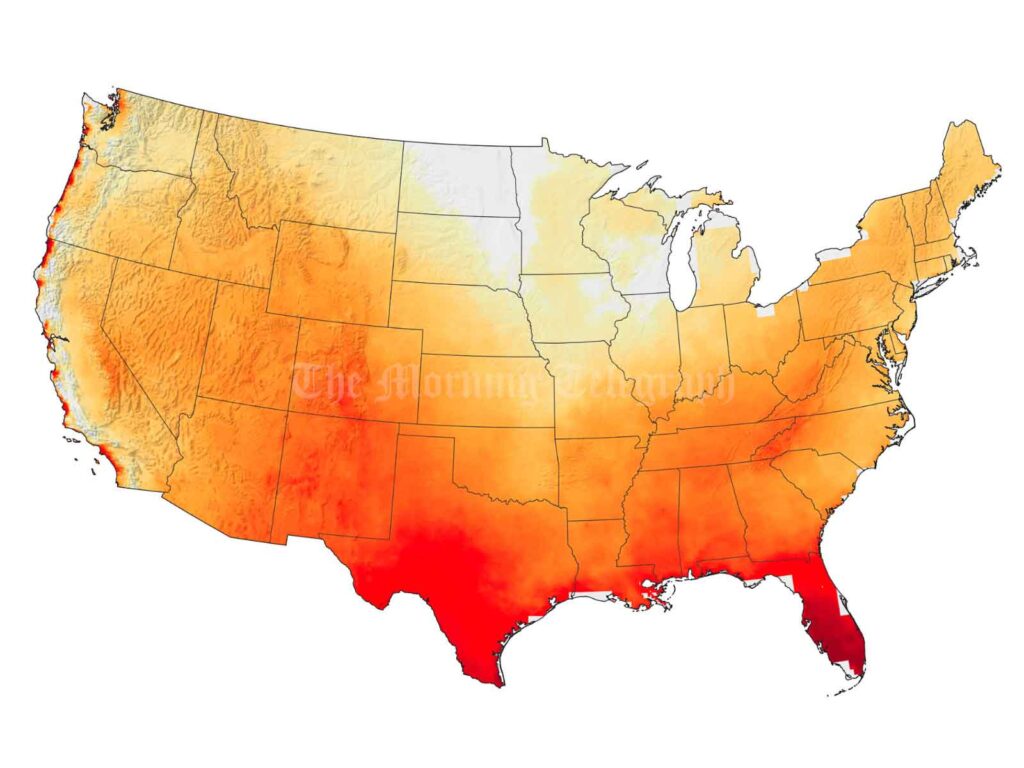
Heat-related deaths in the United States are increasing, and the situation is likely to worsen in the coming decades due to climate change. A new study published on September 20 in JAMA Network Open suggests that by mid-century, deaths linked to extreme temperatures—both hot and cold—could double or even triple.
Currently, over 8,000 deaths each year in the U.S. are attributed to extreme temperature conditions. However, scientists now estimate that this number could sharply rise, primarily due to heat, as climate change leads to more frequent, prolonged, and intense heat waves.
Researchers, led by cardiologist Sameed Khatana from the University of Pennsylvania, analyzed two potential futures: one in which greenhouse gas emissions increase at a lower rate, and another where they increase at a higher rate. The study used data from 2008 to 2019 on extreme temperature days and related deaths to make projections for the period between 2036 and 2065. They found that if emissions rise at a lower rate, the number of temperature-linked deaths could double. If emissions rise at a higher rate, the number could triple.
The study highlighted that certain populations would be disproportionately affected, including older adults, non-Hispanic Black adults, Hispanic adults, and people living in urban areas. Khatana pointed out that minority communities often have less tree cover and access to air conditioning, which exacerbates the impact of rising temperatures.
As climate change continues to intensify, these findings emphasize the need for urgent action to mitigate emissions and address vulnerabilities in affected populations.




